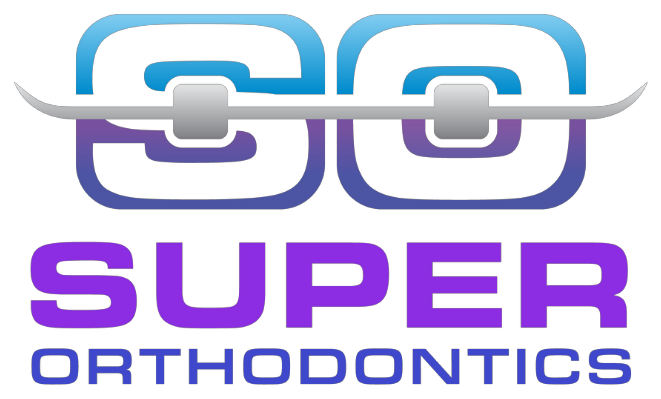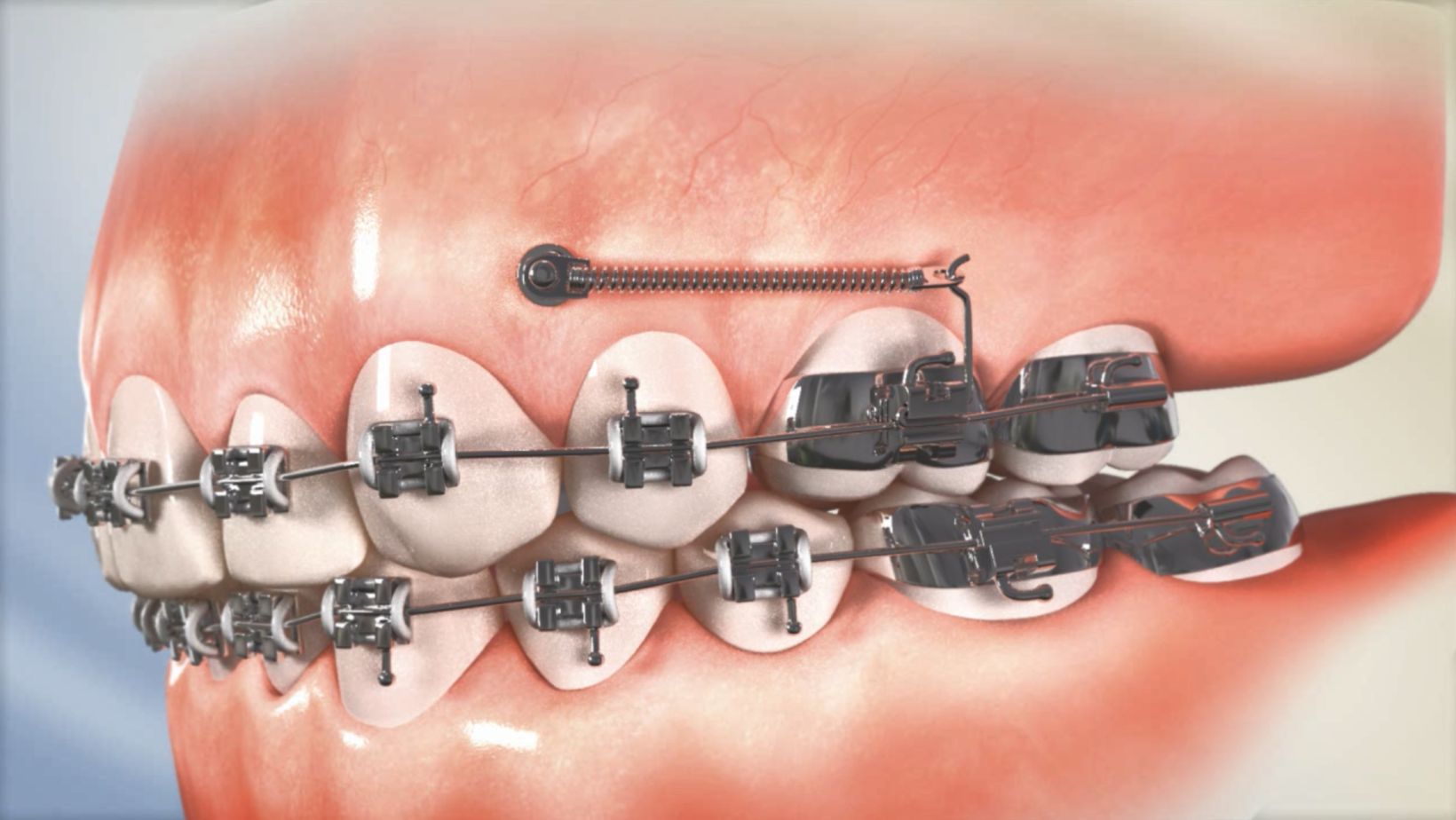Orthodontics is a field of dentistry that specializes in the correction of misaligned teeth and jaws. Traditional orthodontic treatments, such as braces and aligners, have long been the standard for achieving a straighter smile and proper bite alignment. However, recent advancements in the field have introduced a game-changing tool known as Temporary Anchorage Devices (TADs). TADs are tiny, temporary implants that provide orthodontists with an unprecedented level of precision, control, and efficiency in achieving optimal treatment outcomes. In this article, we will explore the role of TADs in orthodontics, their benefits, and how they are transforming the landscape of modern orthodontic treatment.
What Are TADs?
Temporary Anchorage Devices (TADs), also referred to as mini-implants or micro-implants, are small, biocompatible screws made from materials like titanium or stainless steel. These devices are temporarily placed in the bone of the jaw to serve as stable anchor points to facilitate orthodontic tooth movement. TADs provide orthodontists with a fixed point of reference that can be used to exert precise forces on teeth, which is especially beneficial in cases involving complex or difficult tooth movements.
The Role of TADs in Orthodontics
TADs play a pivotal role in modern orthodontics by addressing various challenges associated with conventional treatments. Here are some of the key roles TADs perform in orthodontic procedures:
- Intrusion and Extrusion: TADs can be used to intrude (move teeth upward) or extrude (move teeth downward) to correct bite discrepancies or optimize tooth alignment. This is particularly valuable in cases where excessive overbites or underbites need correction.
- Anchorage Reinforcement: TADs provide stable anchorage, preventing undesired tooth movement during orthodontic treatment. By allowing orthodontists to focus their forces precisely where needed, TADs reduce the reliance on patient compliance and the risk of side effects.
- Correction of Complex Cases: TADs are especially beneficial in treating challenging orthodontic cases, including impacted canines, severe crowding, and cases where surgical intervention may not be necessary. They can facilitate tooth movement in ways that traditional braces alone cannot achieve.
- Reduced Treatment Time: TADs can expedite treatment by enabling more efficient tooth movement. The added stability and control they offer can sometimes lead to shorter treatment durations compared to traditional methods.
Benefits of TADs in Orthodontics
The integration of TADs into orthodontic treatment comes with numerous advantages for both orthodontists and patients:
- Precision and Control: TADs allow orthodontists to exert highly controlled forces on specific teeth, making it possible to achieve precise movements that were previously difficult to achieve.
- Minimized Patient Discomfort: TADs can lead to gentler and more comfortable orthodontic treatment experiences, as they often reduce the need for heavy forces and long treatment durations.
- Improved Predictability: With TADs, orthodontists can plan treatment more accurately, increasing the predictability of outcomes and reducing the likelihood of unwanted side effects.
- Versatility: TADs can be used in conjunction with various orthodontic appliances, including braces and clear aligners, making them adaptable to a wide range of treatment approaches.
- Reduced Reliance on Surgery: In some cases, TADs can replace the need for surgical procedures, making treatment less invasive and more patient-friendly.
Challenges and Considerations
While TADs offer numerous benefits, there are some challenges and considerations to be aware of:
- Placement and Removal: TADs must be placed and removed by a trained specialist. This process is generally safe, but it requires careful planning and precise execution.
- Maintenance: TADs may require regular maintenance, including adjustments and monitoring to ensure they remain stable and functional throughout the treatment.
- Patient Education: Patients need to be educated about TADs and their role in their treatment plan to ensure they understand and comply with the recommended care.
Conclusion
Temporary Anchorage Devices (TADs) have revolutionized the field of orthodontics by providing orthodontists with a powerful tool to achieve precise and efficient tooth movements. With their ability to address complex cases, reduce treatment time, and improve patient comfort, TADs are increasingly becoming an integral part of modern orthodontic practice. As orthodontists continue to harness the benefits of TADs, the future of orthodontic treatment promises even more remarkable results and an enhanced patient experience.
.

